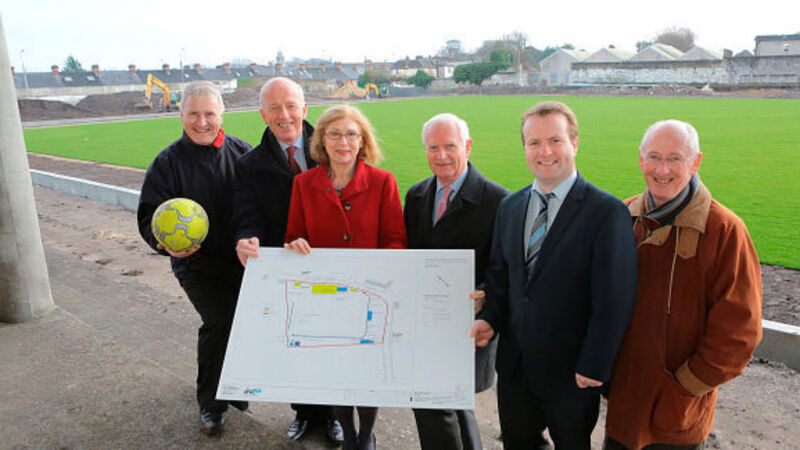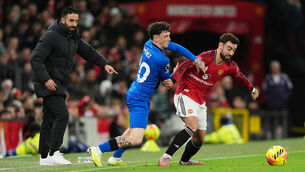‘I’d prefer to be beaten 5-3 or 4-2 if we are playing good football’

Interviewing League of Ireland soccer players in a ladies’ toilet/changing room is hardly an ideal scenario for any young male journalist, especially when the sole woman on site comes in and lets off a blast with a hand-dryer.
This location does not do Limerick FC any justice, however, and it is symbolic of a past they are about to leave behind.














